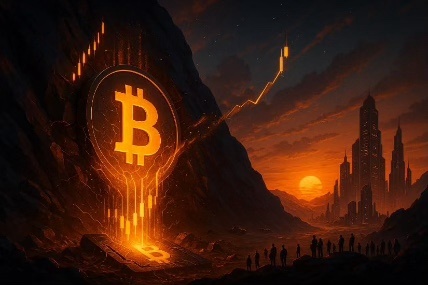
Global Trading Freeze: What Happened?
On November 28, 2025, a major cooling failure at a CyrusOne data center in Illinois disrupted 90% of the world’s derivatives markets. The CME Group, a critical hub for financial trading, experienced a complete shutdown of its Globex platform, halting operations for Treasury futures, energy, and agricultural markets globally.
This unexpected outage highlights a key weakness in modern financial infrastructure. While cyberattacks and computational limitations often come to mind, this incident underlined a relatively overlooked issue: physical cooling capacity. Without this vital component, even the most advanced systems can falter, as servers overheated and triggered failsafe mechanisms to prevent hardware damage.
How Did the Markets React?
For traders, the disruption was jarring. Gold plunged by $40 in two rapid liquidation events before recovering, while silver dropped $1 within minutes of the freeze. These price swings, which occurred during significant breakout potential, fueled speculation about whether systemic issues or external interventions were at play.
Interestingly, some skeptics noted that only CME’s matching engine was affected, despite the shared use of the CyrusOne facility by multiple clients. This discrepancy raised questions about whether the issue was exclusive to the CME or part of a larger, possibly controlled, event.
The Growing Challenge of Data Center Power
Data centers, the backbone of the digital economy, are under mounting pressure. In 2024, U.S. data centers consumed 183 terawatt-hours of electricity—accounting for over 4% of national energy use. This demand is expected to more than double by 2030, driven by energy-intensive AI workloads.
For exchanges like CME, built to handle workloads of a decade ago, escalating computational demands are rapidly outstripping infrastructure capabilities. Today, the ability to manage heat dissipation has become just as critical as advanced software or hardware. As Shanaka Anslem aptly noted, “The heat generated by computation overwhelmed the capacity to reject it. This is not a glitch. This is a structural warning.”
Lessons Learned and Future Considerations
This event laid bare a significant systemic risk in global finance: the dependence on centralized, vulnerable infrastructure. The failure of the data center, controlled by a third party (CyrusOne), left the CME Group and its clients waiting helplessly for resolution. This centralization creates single points of failure—a stark reminder of similar vulnerabilities exposed by incidents such as the Cloudflare outage in recent years.
Moving forward, financial institutions must consider robust architectural redesigns, improved redundancy, and distributed systems to mitigate risks tied to thermodynamic limits. As computational loads grow, proactive adaptation is critical to avoid further disruptions, especially during high-stress trading periods.
Is Your Business Ready for the Future?
To ensure your business infrastructure remains resilient, consider investing in tools that optimize cooling efficiency and hardware durability. For instance, products like Cooler Master’s Hyper 212 Performance Air Cooler ensure optimal performance under pressure for high-powered systems.
As global finance faces mounting challenges from rising computational demands, staying ahead of potential infrastructure limitations is no longer optional—it’s essential.



